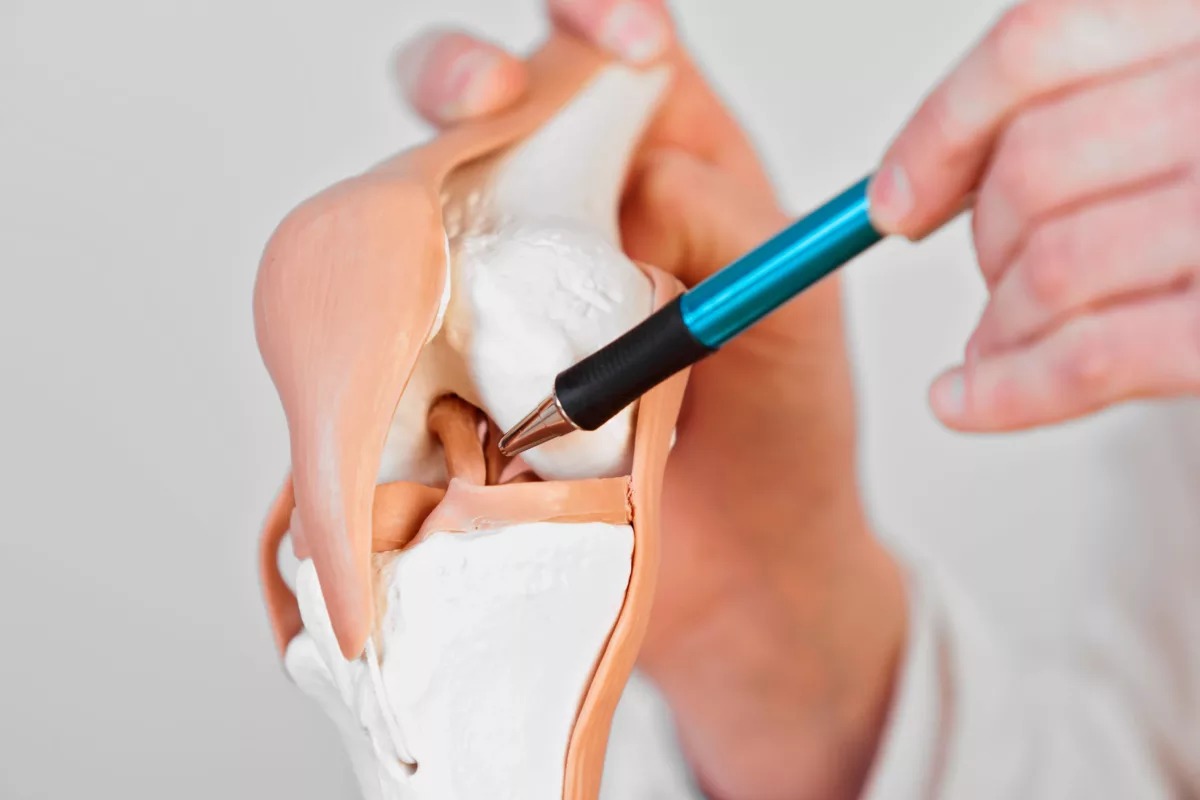Ligaments are bands of connective tissue that stabilize joints and support movement. Injuries to ligaments often happen due to sports, accidents, or repetitive strain. The severity can range from mild sprains to complete tears, which drastically affect mobility and quality of life. Since ligaments do not receive as much blood supply as muscles, healing is often slow.
Common Causes Of Ligament Damage
Ligament injuries typically occur when the joint is stretched beyond its natural range of motion. Athletes are particularly prone, but everyday mishaps also play a role. Some common causes include:
- Sudden twists during running or jumping
- High-impact collisions in sports or accidents
- Falls that put excess strain on joints
- Repeated stress on a joint due to overuse
Recognizing these can help individuals take preventive measures like conditioning exercises and wearing proper gear.
Conservative Care
For many patients, the first line of management for ligament injuries involves conservative care. This usually includes rest, ice application, compression, and elevation, commonly referred to as the RICE protocol. Non-steroidal anti-inflammatory drugs (NSAIDs) are prescribed to reduce pain and swelling. Physical therapy also plays a major role, as guided exercises restore mobility and strengthen surrounding muscles. While these approaches work well for mild sprains or partial tears, they may not be sufficient for more severe injuries that compromise stability.
Signs Conservative Treatment May Not Be Enough
There are clear indicators that conservative management is failing. These include persistent pain, recurring swelling, inability to bear weight on the joint, and noticeable instability. In cases where the ligament is completely torn, the joint often gives way during activity. This limits daily functions and puts patients at risk for further injury. At this stage, advanced interventions such as surgical repair or reconstruction may be necessary to restore normal joint function and prevent long-term disability.
Imaging And Diagnosis For Ligament Injuries
While physical examination offers clues, imaging tests provide a clearer picture. X-rays are used to rule out bone fractures, while MRI scans give detailed views of soft tissues, making it easier to assess ligament damage. Ultrasound may also be used in some cases. These tools allow doctors to determine whether surgery is required. Early and precise diagnosis reduces the risk of complications and ensures that the chosen treatment aligns with the severity of the injury.
Surgical Options For Ligament Repair
When conservative treatments fail, surgical methods are recommended. The choice of procedure depends on the extent of injury and the specific ligament affected. Common surgical options include:
- Ligament repair: Stitching the torn ends back together
- Ligament reconstruction: Using grafts from the patient or donor tissue to replace the damaged ligament
- Arthroscopic surgery: A minimally invasive technique involving small incisions and faster recovery
These options aim to restore joint stability and improve mobility
Ahmedabad has developed a strong reputation in the field of advanced orthopedic and sports medicine treatments. The city has modern hospitals with highly trained specialists, making it a preferred choice for patients seeking ligament treatment. With skilled surgeons, advanced infrastructure, and affordable healthcare, patients can access quality care without traveling far. This is why many people specifically look for Ligament Repair Treatment in Ahmedabad.
Recovery Timeline And Rehabilitation After Surgery
Recovery following ligament repair is a structured process that can last several months. The initial phase focuses on reducing pain and swelling, followed by gradual weight-bearing exercises. Physical therapy is critical, with programs designed to restore joint strength, flexibility, and coordination. Patients may also use braces for added stability during the healing phase. Depending on the severity of injury and type of surgery performed, full recovery may take anywhere from six months to a year.
Risks And Complications Associated With Surgery
While ligament repair surgery is generally safe, it carries certain risks like any medical procedure. These include infection, stiffness, graft failure, or blood clots. Some patients may experience slower recovery if they do not follow rehabilitation protocols closely. However, advances in surgical techniques have significantly reduced complication rates. Surgeons often discuss these potential risks with patients beforehand to ensure realistic expectations.
Long-Term Outlook For Patients Post-Ligament Repair
Patients who undergo ligament repair or reconstruction typically regain joint stability and improved mobility. With dedicated rehabilitation, many return to their pre-injury activities, including sports. However, some may experience mild stiffness or weakness, particularly if recovery protocols were not followed thoroughly. Preventive strategies like strength training, balance exercises, and proper warm-ups play a key role in avoiding reinjury. Long-term outcomes are generally favorable, and most patients report an improvement in their overall quality of life after the treatment.
